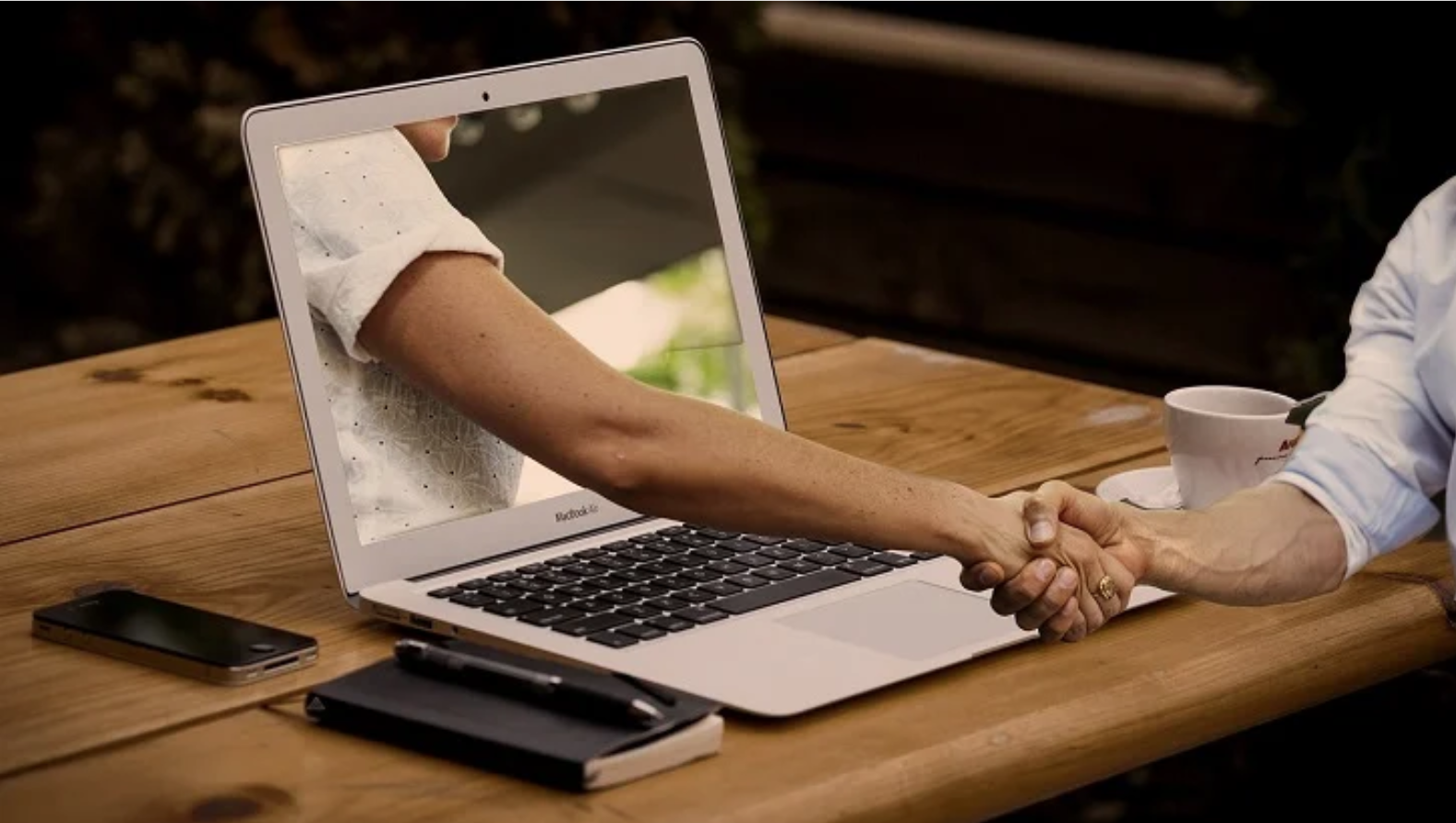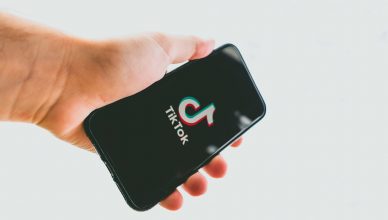This post is the second of five we’re releasing as part of our influencer strategy thought leadership series.You can download the full guide as a PDF right here.
Your influential brand advocates will create higher quality content, generate more engagements, and be a more effective force for promoting your brand at a lower cost and with a higher ROI.
But if buying influencers from a database or marketplace is an anti-pattern, how should brands go about recruiting advocates? In this lesson we’ll discuss specific tactics for identifying, recruiting, and engaging influencers, and turning them into advocates.
The Ones that Already Talk About You
A brand’s first step should be to identify the influential social media creators that are already talking about the brand. Unless your brand is very small or hyper-local, it’s almost a guarantee that you will already have creative influencers out there using your products and talking about your brand.
If you haven’t yet tried to identify these influencers, that should be your first step. When there are already influencers that have an affinity towards your brand out there, why would you purchase an unknown influencer from a giant database?
Start by setting up a recruiting funnel and launching your favorite social media monitoring service. Find everyone who has @-mentioned your brand or used a brand hashtag and add them to the top of the funnel. Then, begin filtering primarily by two metrics: overall social reach and content quality.
Note: content quality is more important than social reach. It is easier for an influencer to grow their audience in a year than it is to become more creative in a year. Since your goal is to develop long-term advocacy relationships, you should focus more on the content quality and brand affinity than the social reach.
The Ones that Will Talk About You
Your next step should be to identify the social media influencers who aren’t talking about youyetbut are highly likely to have an affinity with you or your products. This cohort is a little more difficult to identify, but fortunately there are a few easy tactics for rooting them out.
Start again with your social media monitoring tools, but instead of searching for your brand, search for your close competitors. Then, try to further identify those influencers that aredissatisfiedwith your competition. This cohort represents a high-value opportunity for you: in one fell-swoop, you can prove your brand’s superiority over your competition while also cultivating an advocate.
Approach these influencers with a direct invite to a product sampling campaign: “I’m sorry you’re having trouble with our competitor. I’ll make you a deal — I’ll send you a free product if you write an honest review on your blog and Instagram.”
In most cases, these influencers will jump at the opportunity to get a free replacement product or service. If your product or service actuallyissuperior, it’ll shine through in that influencer’s review. Additionally, this develops a sense of rapport between your brand and the influencer; you proactively saw that somebody else was dissatisfied, and you came to the rescue, offering them a solution. Most people are grateful for this type of treatment, and this often becomes the start of a highly productive relationship.
The Ones that Might Talk About You
Once you’ve exhausted the previous two cohorts, you can move on to the larger group of influencers that have tangential affinity towards your brand. They are not talking about your brand or your competitors yet, but they still exist in your target demographic and are open to sponsored relationship.
The best approach here is similar to the Google Adwords keyword research that many of you are already doing. Start by identifying the keywords, topics, and demographics that resonate best with your brand. It’s ok to have a much lower conversion rate with this cohort.
How to Recruit
Once you’ve identified influencers and have filled the top of your funnel, how do you then recruit them into your influencer program?
Platforms can help automate here- sending invites, generating custom signup/landing pages and tracking invitation, acceptance rate, and ultimately what invitees go on to become successful influencers for you.
You can start with an email or a DM on Twitter or Instagram. But this first communicationmustbe personal, or at least personalized. It’s important to tell the influencer that you’ve seen their content, their blog, their Instagram wall, and that you love it and want to work together. Use their name and, if possible, call out an individual piece of content that really stands out.
Make sure to be explicit about the goals of your influencer program, your budget, and what would be expected of the influencer. Are you running paid social campaigns, or product sampling campaigns? Are they sporadically timed throughout the year, or is there a consistent pace? What is the typical ask per campaign? Do you work off of an editorial calendar? Will the influencer need to include specific images, will you need to approve content pre-publication, and how will payment work?
These are the types of things influencers want to know up-front. Sending a vague email that just says “we’d like to work with you” will lead to poor conversion rates, because you’ll need to exchange several communications before the influencer can decide whether or not they want to build a relationship with you. The more back-and-forth there is in this process leads to a greater risk of the influencer dropping out of the funnel.
If you’re using an automated tool to send campaign invitations, make sure to follow up by hand to every unanswered invite. Something as simple as “hi, just wanted to make sure you got the invite to the campaign we discussed” works well. This signals to the influencer that you, a real person, is actually engaging with them rather than delegating all the work to an automated system.
Similarly, send a personal follow-up message at the completion of the campaign. Let them know which piece of content you liked best and how much you loved it, and ask them whether they had a good experience working with you and want to work with you again in the future. This is such an easy way to generate goodwill and build a relationship that, unfortunately, most people simply ignore.
Finally, one great tactic for brands running product sampling campaigns: leave a hand-written note in the package! Don’t just have the distribution center ship the product sample as usual — add a post-it note or scrap of paper with a short, personal message thanking them for being part of your campaign.
Remember the #1 rule of influencer marketing: good relationships can’t be automated. You can and definitely should still use automation tools, but you should also take every opportunity to add a personal touch.




